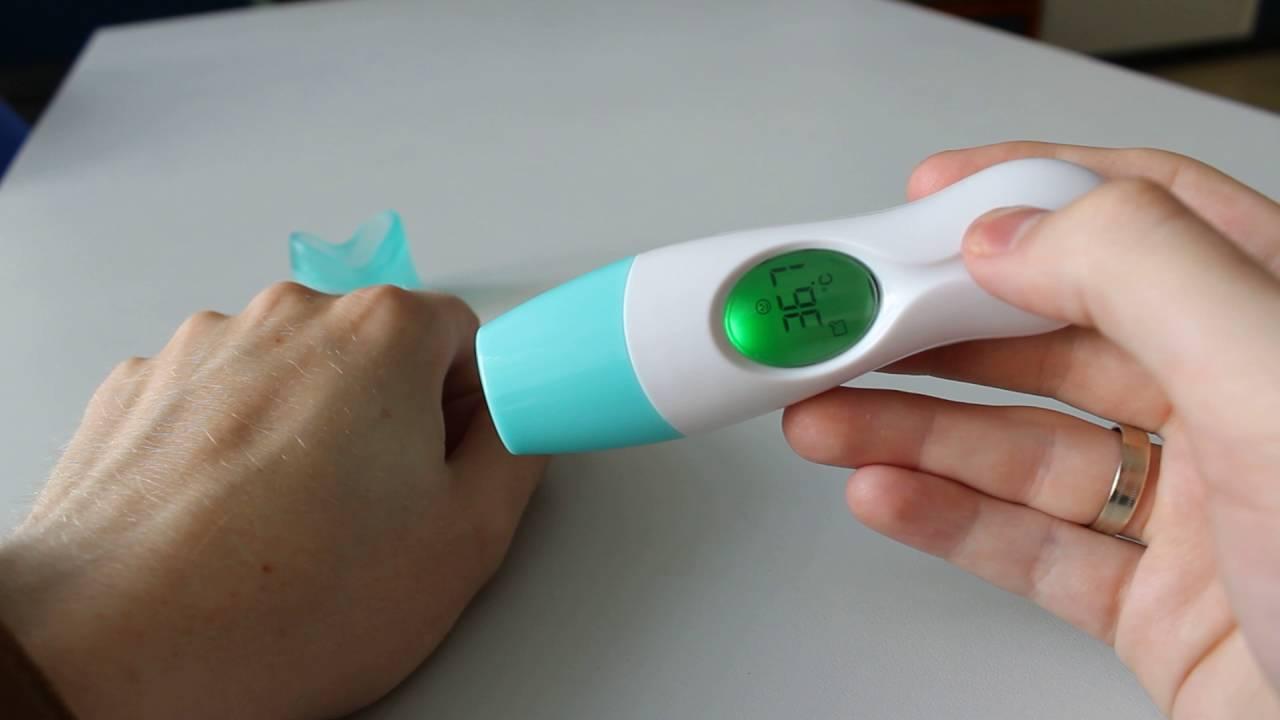The Infrared Thermometer Market is poised for significant growth, driven by diverse factors influencing its dynamics.
The global infrared thermometer market market is estimated to be valued at US$ 14 billion in 2024 and is expected to exhibit a CAGR of 7.1% during the forecast period 2024-2031.
Key Takeaways:
The Infrared Thermometer Market is experiencing a surge in demand due to the ongoing COVID-19 pandemic and the need for non-contact temperature measurement solutions. These thermometers offer quick and accurate temperature readings without physical contact, making them essential tools in various sectors, including healthcare, industrial, and commercial settings. Moreover, technological advancements such as improved accuracy, ease of use, and portability further fuel market growth.
Market Drivers:
Several factors drive the growth of the Infrared Thermometer Market. The foremost driver is the widespread adoption of these thermometers in healthcare facilities for screening individuals with fever, a common symptom of infectious diseases. Additionally, the growing emphasis on workplace safety and the need for non-invasive temperature monitoring in industrial settings propel market demand. Moreover, the convenience offered by infrared thermometers compared to traditional mercury or digital thermometers contributes to their increasing popularity among consumers.
Current Challenges:
Despite the promising outlook, the Infrared Thermometer Market faces certain challenges. One notable challenge is the influx of substandard and counterfeit products in the market, which can compromise accuracy and reliability, thereby affecting consumer trust and market growth. Furthermore, fluctuations in raw material prices and supply chain disruptions pose challenges to manufacturers, impacting production costs and product availability. Moreover, concerns regarding the accuracy of infrared thermometers, especially in certain environmental conditions, remain a point of contention.
SWOT Analysis:
A SWOT analysis provides insights into the strengths, weaknesses, opportunities, and threats within the Infrared Thermometer Market. The market's strengths lie in its non-contact nature, rapid measurement capability, and versatility across various applications. However, weaknesses such as the potential for inaccurate readings and susceptibility to environmental factors like ambient temperature and humidity need to be addressed. Opportunities abound in leveraging technological advancements to enhance product features and expand market reach. Yet, threats such as intense competition, regulatory compliance challenges, and the emergence of alternative temperature measurement technologies pose risks to market players.
Geographical Regions:
Geographical regions play a significant role in shaping the dynamics of the Infrared Thermometer Market. North America dominates the market, driven by a robust healthcare infrastructure, stringent regulatory standards, and widespread adoption of advanced medical devices. Europe follows suit, with increasing investments in healthcare infrastructure and growing awareness regarding non-contact temperature measurement solutions. The Asia-Pacific region presents lucrative opportunities for market growth, fueled by rising healthcare expenditure, rapid industrialization, and the need for stringent temperature monitoring in food safety and manufacturing processes. Moreover, the Middle East and Africa region show potential for market expansion, driven by increasing healthcare investments and the adoption of advanced technology solutions.
The Infrared Thermometer Market is poised for substantial growth, driven by the increasing demand for non-contact temperature measurement solutions across various sectors. By addressing challenges such as product quality concerns and leveraging technological advancements, market players can capitalize on emerging opportunities and establish a strong foothold in the competitive landscape.
